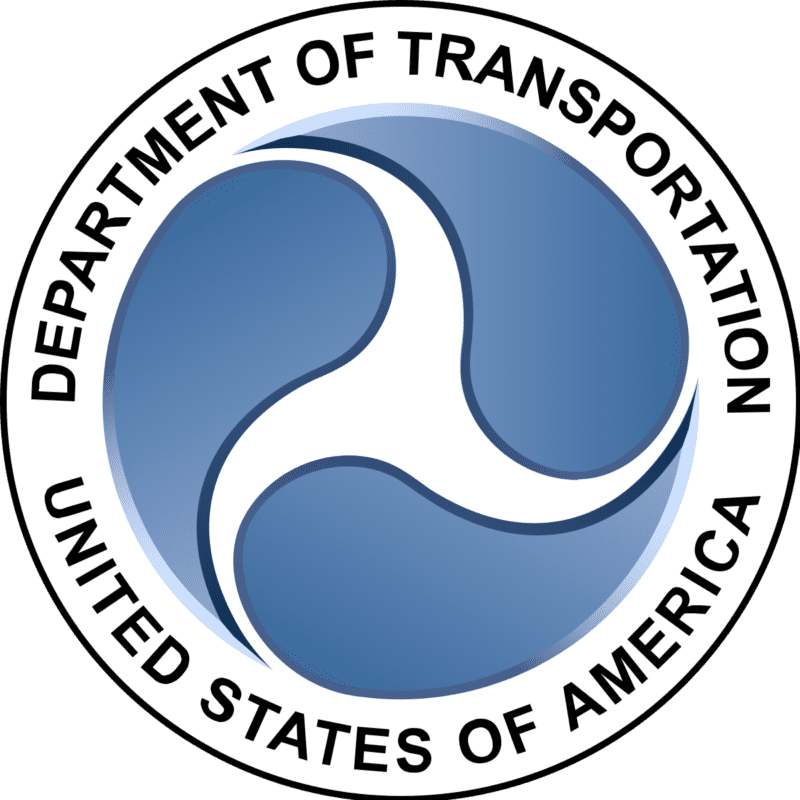
The hazardous waste manifest system was designed by the Environmental Protection Agency (EPA) to track the transit of hazardous waste from generator facilities where it was produced to off-site waste management facilities that can store, treat or dispose of the waste. Though the hazardous waste manifest is not unlike any other manifest that lists the contents of a particular cargo, the EPA’s Uniform Hazardous Waste Manifest is a key component of the hazardous waste tracking system. In that regard, a manifest is a form required by EPA and the U.S. Department of Transportation anytime hazardous waste is transported or offered for transport off-site to a receiving facility.
Importance of Monitoring Hazardous Waste
Understanding that handling and tracking hazardous waste is more than a process but very much a “cradle to the grave” commitment isn’t just a philosophy. It is mandated by law. Any company that produces or generates hazardous waste must fully comply with the reporting requirements that were established under the Resource Conservation Recovery Act (RCRA) and regulated by the EPA. The RCRA law gave the EPA full authority to oversee and control hazardous waste. The mandate entails an elaborate tracking system from the time hazardous waste is generated to its transportation, storage, treatment, and disposal.
EPA’s Regulatory Definitions for Hazardous Waste
To assist companies as much as to provide clarification in determining if their waste is hazardous, over the years, the EPA has developed regulatory definitions for such waste that not only identifies certain material and substances as hazardous, but has also defined the criteria, classification, and management of the waste. Under the law, if waste generated at a facility, plant, lab, and so forth meets the criterion of hazardous waste then it must be managed safely from “cradle to grave.” More than simply an idiom, “cradle to grave” means that hazardous waste must be managed safely at the point of generation, transported safely, and then delivered and stored securely until it can be disposed of properly.
Understanding Accountability in Transportation
To oversee the safe transportation and delivery of hazardous waste the EPA developed its tracking system. It is, in effect, a chain of waste management activities that ensures critical accountability at every stage of transportation and disposal of hazardous waste at a treatment, storage, and disposal facility (TSDF). As a key component of the hazardous waste management system, the Uniform Hazardous Waste Manifest contains information pertaining to the type and quantity of the waste being transported, the instructions for handling it, and signature lines for all parties that take custody of the waste en route and through its disposal. Each party that takes custody of the waste must sign the form and retain a copy for themselves. Once the waste is transported to the site designated to receive it, the manifest is signed by the facility and a copy is returned to the generator for confirmation that the waste was received.
The process developed over time, undoubtedly paper-intensive and cumbersome, was modernized by the EPA with the establishment of the “e-Manifest” in June of 2018. The industry, states, and the EPA can now utilize a national system for tracking hazardous waste shipments electronically. The e-Manifest provides the same cradle to grave hazardous waste tracking process but saves generators, transporters, receivers, and state and federal regulators valuable time, resources, and dollars.
To take advantage of the e-Manifest, generators must register and obtain an EPA ID. Though generators still initiate shipments, the chain of custody is documented through the e-Manifest system. Even if a paper form is still preferred by a generator, the TSDF is only required to upload a copy of the paper manifest to the e-Manifest system for the generator and state to have on record.
Contact the Hazardous Waste Experts at MLI Environmental
The Uniform Hazardous Waste Manifest is an important legal document that governs the safe management of hazardous wastes. The system in which it functions ensures that generators of waste safely transport and deliver their hazardous waste through a chain of custody to designated facilities. MLI Environmental offers a range of services for generators of hazardous waste, including expertise in the Manifest system and the entire chain of waste management activities mandated by the EPA. We are a leader in international and domestic hazardous waste services and one of the most trusted hazardous waste disposal companies throughout New England and the greater region. We specialize in dangerous goods shipping, hazardous materials shipping, and hazardous waste disposal and management.
